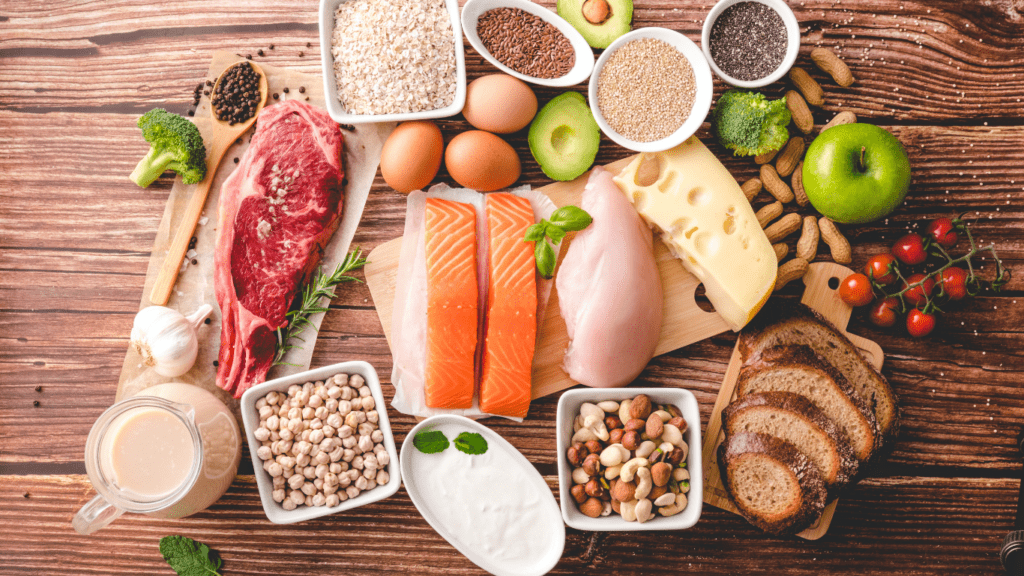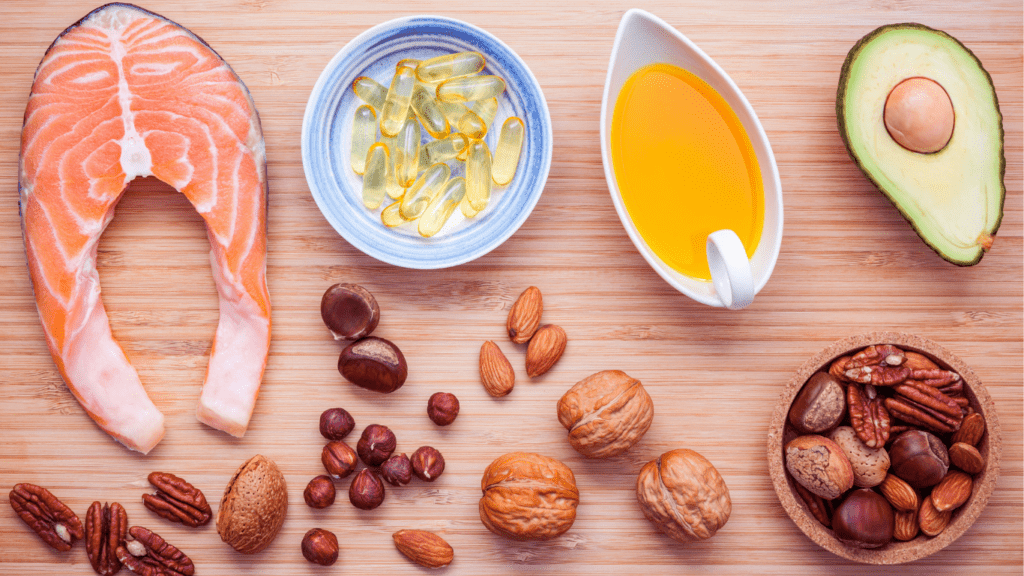Biohackers are always searching for the next big breakthrough to optimize health and performance, and in 2025, nutritional cycling is taking center stage. This innovative approach to eating goes beyond traditional dieting, focusing on strategically alternating nutrient intake to align with your body’s natural rhythms. It’s not just about what you eat—it’s about when and how you eat it.
What Is Nutritional Cycling?
Nutritional cycling is the practice of alternating nutrient intake patterns to match the body’s physiological and metabolic needs. Rather than adhering to fixed diets, nutritional cycling adapts macronutrient ratios like:
- proteins
- carbohydrates
- fats
based on factors such as activity levels, hormonal fluctuations, or circadian rhythms. This method emphasizes personalized meal timing and composition. For instance, on high-activity days, someone might prioritize carbohydrates to restore glycogen stores, while low-activity days might focus on higher fat intake to promote fat metabolism. The approach also accounts for recovery periods, supporting muscle repair and overall energy balance.
By aligning nutrient consumption with the body’s changing requirements, nutritional cycling aims to improve metabolic efficiency, energy levels, and mental focus.
The Rise Of Nutritional Cycling In 2025
Nutritional cycling has gained significant attention in 2025 due to its adaptable and science-driven approach. Biohackers, wellness experts, and health enthusiasts are adopting it as a practical method to align nutrition with the body’s biological needs.
Why Biohackers Are Embracing This Method
Biohackers favor nutritional cycling for its targeted benefits in optimizing performance and health. By tailoring macronutrient intake to activity levels and metabolic demands, it enhances energy efficiency and reduces inflammation. This strategic approach appeals to those seeking measurable improvements in cognitive function and physical endurance.
For instance, prioritizing protein post-exercise aids muscle recovery, while adjusting carbohydrate consumption for higher-energy days supports glycogen replenishment. The personalized framework of nutritional cycling resonates with biohackers, who use data-driven tools like CGMs (continuous glucose monitors) to track results.
Key Advances That Set It Apart
- Advances in biometrics and data analysis make nutritional cycling more precise in 2025.
- Devices like wearable metabolic analyzers and AI-driven nutrition apps now help users monitor their metabolic rate, hormonal shifts, and nutrient absorption in real-time.
- These innovations ensure macronutrient adjustments are based on individual physiology rather than generalized recommendations.
- Additionally, the integration of circadian biology research has refined timing strategies. For example, aligning nutrient intake with peak insulin sensitivity during the day improves glucose regulation.
- This precision distinguishes nutritional cycling from conventional diet plans and makes it sustainable for diverse lifestyles, from intensive training schedules to sedentary routines.
Core Principles Of Nutritional Cycling

Nutritional cycling operates on foundational principles designed to align dietary intake with the body’s dynamic needs. These principles integrate adaptive patterns and precise macronutrient strategies, supporting metabolic health and performance.
Adaptive Eating Patterns
Adaptive eating patterns rely on flexibility to match food intake with activity levels, hormonal changes, and circadian rhythms. On high-demand days, I focus on nutrient-dense meals rich in carbohydrates to replenish glycogen stores. During low-activity periods, I shift to higher fat and moderate protein intake to promote sustained energy and fat oxidation. This cyclical adjustment enhances energy utilization and supports long-term metabolic balance. For example, I might prioritize whole grains, fruits, and starchy vegetables on training days and lean proteins, nuts, and avocado on rest days.
Macronutrient Shifts And Timing
Macronutrient shifts center on varying ratios of proteins, fats, and carbohydrates based on physiological demands. Timing plays a critical role, with nutrient consumption tailored to periods of peak metabolic efficiency. For instance, I align carbohydrate-heavy meals with the post-exercise window to improve muscle recovery and opt for balanced meals earlier in the day to match insulin sensitivity spikes. Incorporating high-fat meals during evening hours promotes fat metabolism during overnight fasting. These targeted shifts ensure optimal nutrient absorption and energy utilization while reducing metabolic strain.
Benefits Of Nutritional Cycling
Nutritional cycling offers numerous advantages by aligning eating patterns with physiological demands. Its science-driven approach addresses specific aspects of metabolic health, energy balance, and digestion.
Enhanced Metabolic Performance
Adjusting macronutrient ratios optimizes the body’s metabolic processes. On high-activity days, prioritizing carbohydrates enhances glycogen replenishment, supporting energy for physical performance. On low-activity days, emphasizing fats encourages fat oxidation, improving flexibility in burning fuel sources. Tools like CGMs and metabolic analyzers help track shifts in metabolic function in real-time, making this method more effective.
Improved Energy Levels
Strategically timed nutrient intake stabilizes energy throughout the day. Consuming carbohydrates during periods of high activity restores glucose levels, preventing energy dips. During rest days, incorporating healthy fats sustains energy by promoting a slow-release energy source. This approach minimizes fatigue and enhances daily productivity.
Better Digestive Health
Nutritional cycling supports gut health by varying food composition. Incorporating diverse nutrients across high and low-activity periods encourages a balanced gut microbiome. For example, fiber-rich foods combined with healthy fats on recovery days reduce inflammation, while glucose-driven meals on active days minimize digestive strain, ensuring optimal absorption.





